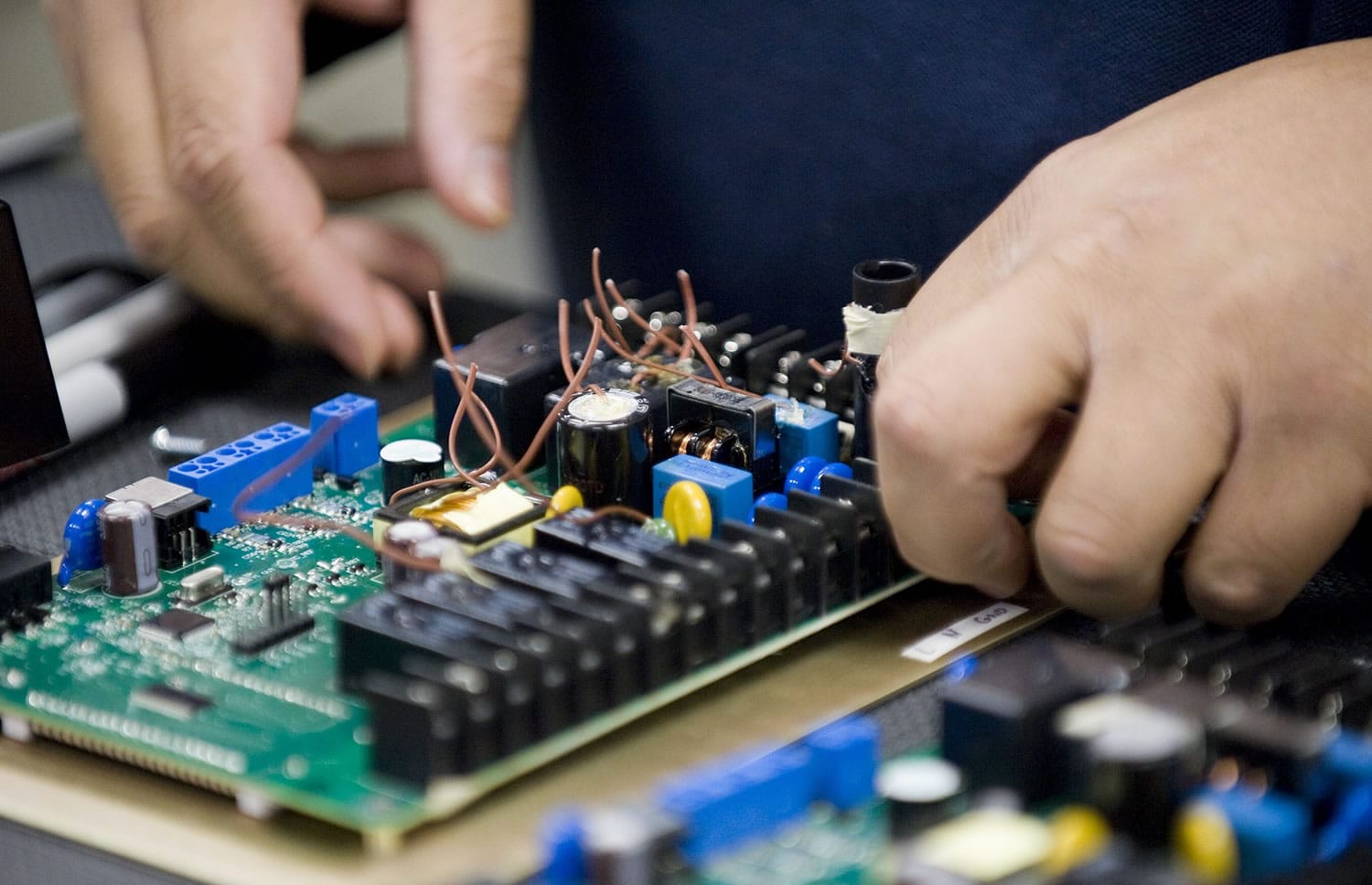The ways we buy and use electricity are in the midst of a dramatic shake-up, according to the Camas-based head of Underwriters Laboratories’ global wind energy efforts. And despite efforts to build this region’s eco-credentials, the Pacific Northwest is lagging behind a number of California and Midwest communities, Jason Hopkins said in a keynote address at Friday’s Clean Energy Industry Buyers & Sellers Forum in Portland attended by about 75 people.
Three simultaneous trends “will result in an eventual transformation of the way we produce, consume and use electricity,” Hopkins said at the Oregon Convention Center. They are:
• Competition: In some states, residents can now choose among several electric companies. Oak Park, Ill. went one step further, using the bargaining power of its entire population to switch to a new electricity provider that will save the community an estimated $4.5 million over its first two years.
• Environmentalism: State and federal carbon emission limits are forcing electricity generators to explore renewable power sources, as are local community values in some circumstances. Oak Park’s new electricity provider, for example, obtains all of its power from renewable sources such as wind and solar.
• Generation: Large utilities aren’t the only ones creating electricity anymore. Small businesses are developing wind farms and selling power directly onto the grid, and a growing number of households are generating their own wind and solar energy.
“This is the dawning of the age of the consumer,” Hopkins said. “The second century of electricity in the United States will result in a shift in power,” he said, affecting both how it’s made and how it’s used.
The first century of electricity in the U.S. helped put Clark County on the map, thanks largely to abundant hydropower generated by Bonneville Power Administration-controlled dams on the Columbia River system. In the 1940s, when dams provided more power than households and businesses could consume, Clark Public Utilities — then known as Clark Public Utility District — charged less per kilowatt hour the more its customers consumed. Cheap electricity lured power-hungry manufacturers to the region — first aluminum makers and eventually semiconductor manufacturers.
In the last two decades, however, restrictions on hydropower aimed at saving endangered salmon and serving a growing regional population have helped push up rates in the Pacific Northwest. Electricity rates in Clark County remain rel
atively low, but the county’s competitive advantage is shrinking.
When it comes to preparing for the future, other areas of the country seem to be passing us by, Hopkins and other Oregon and Southwest Washington energy experts said Friday.
After Enron manipulated energy markets to drive up its own profits — driving up power costs in the Pacific Northwest at the same time — deregulation and competition got a bad name in this region. While consumers in states such as Illinois and Texas can now choose between competing electric companies, Washington does not allow competition and Oregon’s early deregulation efforts derailed after the debacle with Enron, one-time owner of Portland General Electric.
Many of the cutting-edge changes coming to the electric industry are the results of substantial investments in research, a Portland General Electric official said. But it’s rare for public utilities to put that kind of money into research, she said.
Because voters already own and control their utilities across much of Washington and parts of Oregon, they could be less likely to band together in search of competition, as communities in Illinois have done.
A number of small electric cooperatives have started to emerge in Washington state, said Glenn Montgomery, executive director of the Oregon Solar Energy Industries Association. The low cost of power that Clark Public Utilities and other public districts buy from BPA also leaves them with less incentive so seek out renewable generation, except when they’re required by law, he said.
It may just be a matter of time before Oregon and Washington electricity generators catch up with the leading innovators, however.
There are now about 4,700 megawatts of wind power generation on the Bonneville Power Administration system, and that could increase to 6,000 megawatts by the end of the year, Hopkins said. That’s enough new generation to power 860,000 homes, and an average of one new turbine is added every day to the BPA system, Hopkins said. Each new turbine represents $1.2 million in economic benefit to its community in its first year, and $36,000 each subsequent year, he said.
And while regional investments in energy research are still relatively small, they are climbing. On Tuesday, for example, the Portland Development Commission announced that it’s looking for clean-tech ideas as part of an effort by regional universities, including Washington State University Vancouver, to boost research and development in the region.
That kind of research is key to keeping up with 21st century energy challenges, Hopkins told his audience of Oregon and Southwest Washington business leaders.
“One of the tenants of UL’s mission is to enable the adoption of safe, clean energy,” he said, referring to Underwriters Laboratories. “Please continue to innovate and supply the cutting-edge renewable alternative products we need.”



